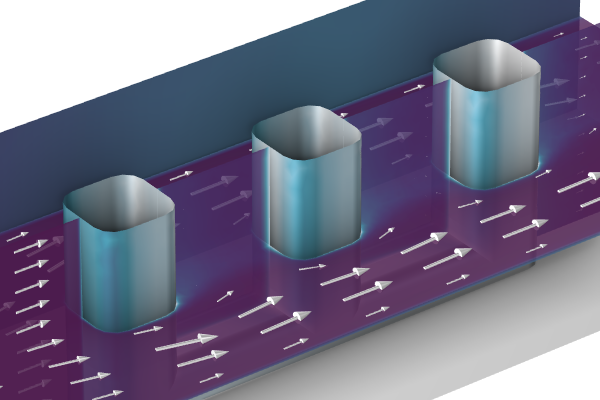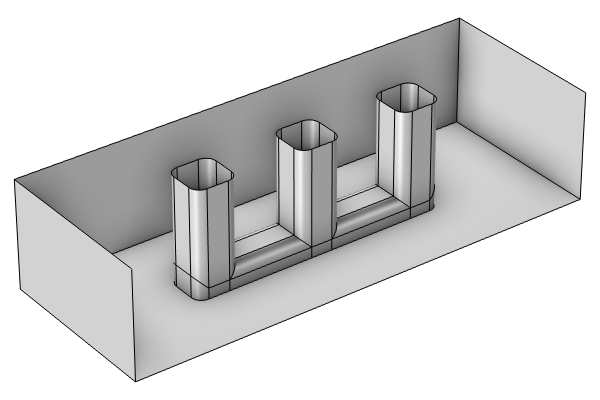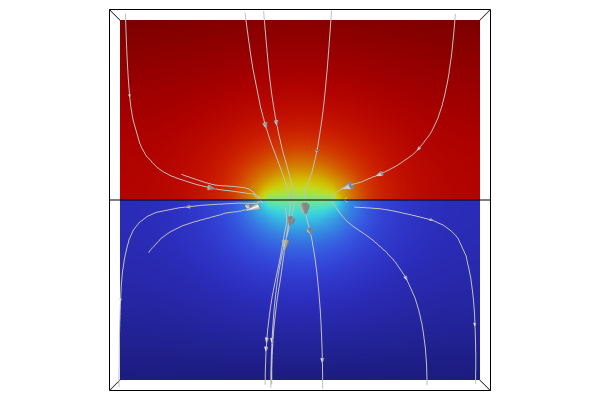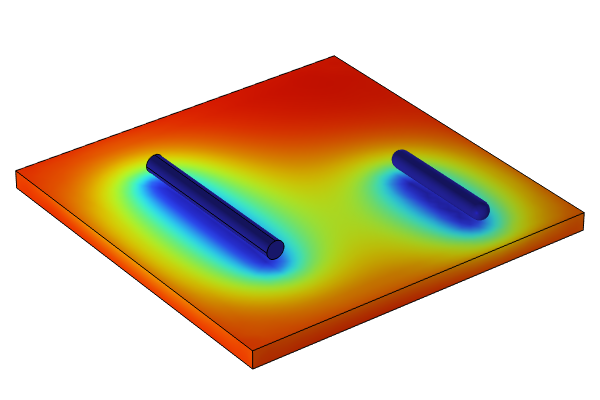Moving Interfaces
In Part 3 of this course on corrosion modeling, we focus on moving interfaces. In particular, we look at time-dependent modeling of deformations that occur as a result of deposition or dissolution processes in electrochemical cells. In the Deforming Geometry (moving mesh) method, the mesh nodes are moved.
The boundary velocities are defined by the stoichiometry for dissolving–depositing species and generally cannot handle changes in topology. This may require remeshing for large deformations, whereas the Level Set and Phase Field interfaces are used to model corrosion where the topology of the corroding electrode surface changes because of the corrosion processes, such as in sacrificial anode systems. Since the Level Set interface uses a mathematical field to represent the moving interface instead of the mesh, it is possible to model complete consumption of the anode.
The tutorial provides an example of how to use both the Deforming Geometry (moving mesh) and Level Set methods for modeling anode consumption and how an electrode changes shape over time, demonstrating best practices and use cases. Follow along with each demonstration by downloading the respective model files.
请提交与此页面相关的反馈,或点击此处联系技术支持。






